
Rec’d on YT | The Power of Vitality Effects in Dog Training
Ron explains that both operant and classical conditioning play roles in dog training, and the subjective tone set by the handler can influence a dog’s classically conditioned state. He emphasizes the significance of vitality effects, which are the emotions and energy levels conveyed by the handler. A mismatch between the handler’s vocalization, posture, and the situation can make the dog uncomfortable, while aligning these aspects can create a more effective training environment.
He highlights the importance of rhythm and movement in training, suggesting that purposeful and swift movement can help establish an engaging rhythm for the dog. Ron concludes by mentioning his new project, “Phenomenal Process Philosophy at PlayPlay is willing, self-induced engagement in, and the experience of, novel, consequent opportunity. More,” and encourages viewers to check out a segment on the jazz throw technique.
via PVybe on YT: YouTube https://www.youtube.com/watch?v=m3gRNVOwTJw





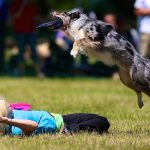
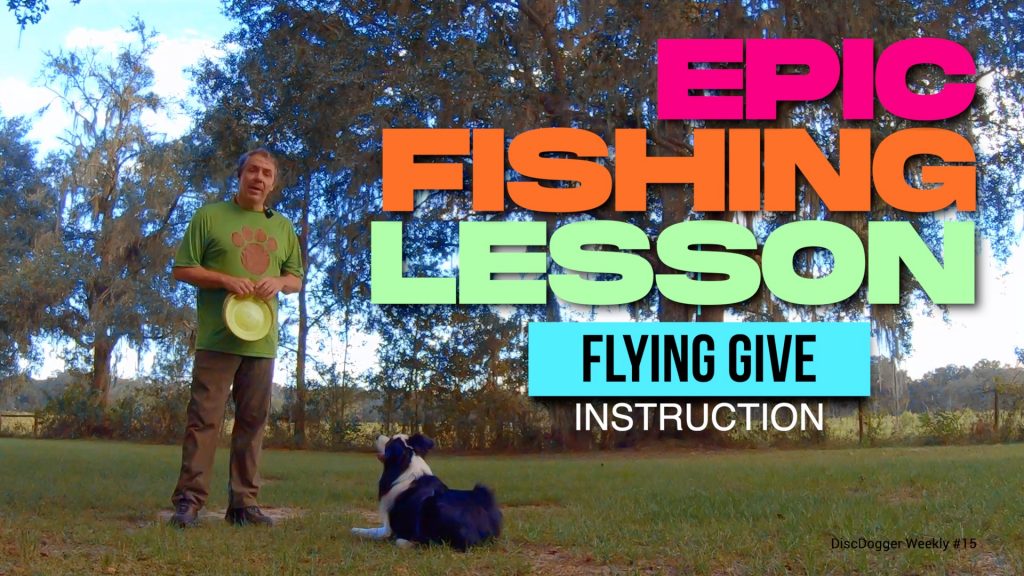
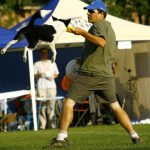
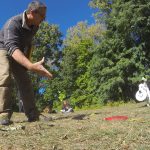

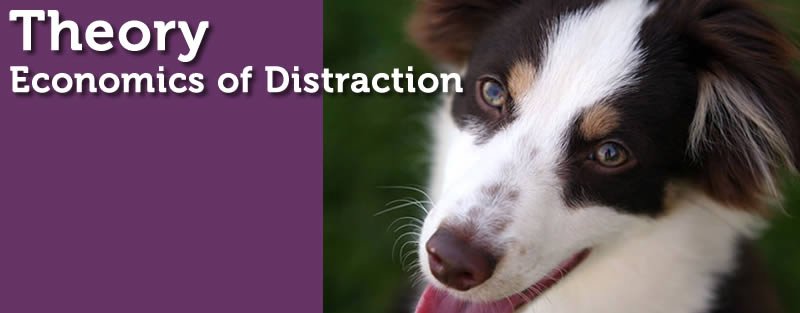

Responses